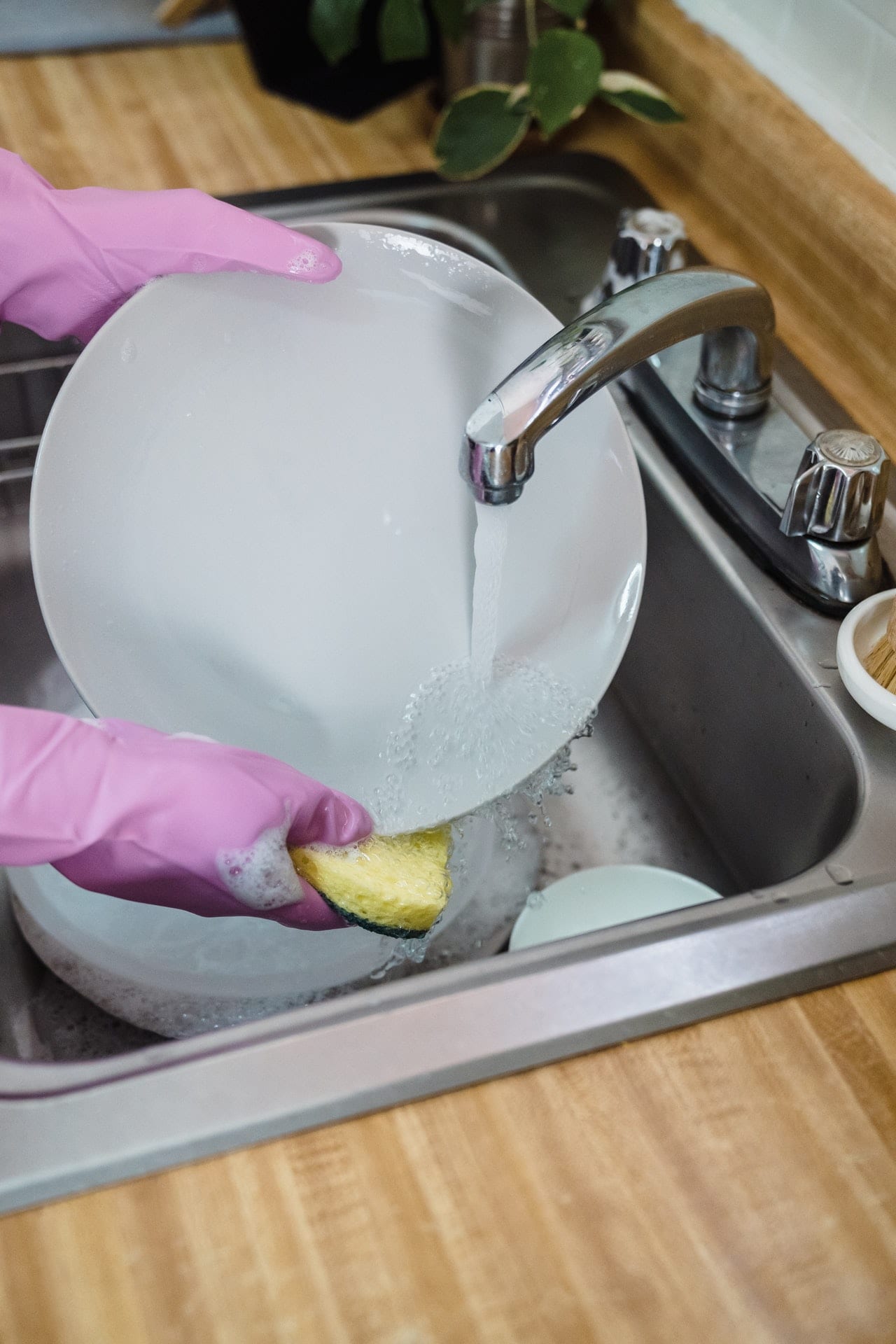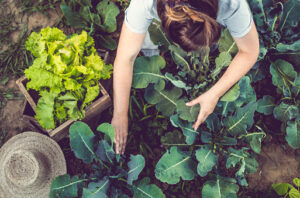There are many different types of plates that you might encounter in your kitchen. From dinner plates to dessert plates, each one needs to be washed in a specific way. In this blog post, we will go over the best way of washing different types of plates. We’ll also provide some tips on how to make plate washing easier and more efficient!
Table of Contents
- 1 Plates
- 2 Importance of Cleaning Plates
- 3 Types Of Washing Methods For Plates In The Kitchen
- 4 Types Of Plates
- 5 Washing Glass Plates
- 6 Washing China Plates
- 7 Washing Tupperware
- 8 Washing Plastic Plates
- 9 Washing Paper Plates
- 10 Washing Silverware
- 11 Washing Decorative Plates
- 12 Washing Metal Plates
- 13 Washing Wooden Plates
- 14 Conclusion
Plates
You may be wondering why plate washing is even a topic worth discussing. But if you’ve ever tried to wash a plate that’s covered in food residue or grease, you know it can be quite a challenge! Not only does the food residue make the plate difficult to clean, but it can also leave behind an unsightly mess in your sink.
That’s why it’s important to know the best way to wash each type of plate. If you’re using the wrong method, you could end up spending a lot more time and energy trying to clean your dishes! So let’s get started with our guide on washing plates in the kitchen.
Importance of Cleaning Plates
It’s probably not a surprise that dishes need to be clean for us to eat off of them. But what you may not know is that dirty plates can cause food poisoning. That’s because bacteria from the food residue can spread and contaminate other surfaces in your kitchen.
This is why it’s so important to clean all of your dishes thoroughly before using them again. Not only will this help prevent illness, but it also keeps your kitchen looking tidy and sanitary!
Types Of Washing Methods For Plates In The Kitchen
There are three main types of washing methods for plates in the kitchen- handwashing, dishwashing, and rinsing.
Handwashing Plates
The most common way to wash plates is by hand. This method is best used for small batches of plates.
To handwash dishes:
– Fill a sink or basin with warm soapy water and place the plate inside.
– Let the plate soak for a few minutes to loosen any food particles that might be stuck on it.
– Use a plate scrubber or sponge to remove all of the leftover food from your plate’s surface area (this will help prevent stains).
– Rinse off with warm water and dry with a towel or paper towel.
Dishwashing Plates
Another common way to wash plates is by using a dishwasher machine. This method is best used for large batches of plates that need to be washed quickly (e.g., after dinner parties).
Washing dishes in the dishwasher can save time and energy, but it also means you’ll need to purchase detergent specifically designed for use in dishwashers. If a plate has been used more than once before washing then it’s recommended that you pre-rinse the plate before putting them in your dishwasher machine so as not to clog up the filters or cause any damage to your machine.
To use a dishwasher:
– Load the plate into the dishwasher machine and add detergent as directed by the manufacturer.
– Select a cycle that is appropriate for your plates (e.g., light, normal, heavy).
– Press start and wait for your machine to finish its cycle.
Rinsing Plates
Another way to wash plates is by rinsing them off with hot water. This method is best used for a plate that has not been used yet and just needs a quick rinse before use (e.g., the plate you bought from the store).
To rinse dishes:
– Fill a sink or basin with hot water and place the plate inside.
– Let the plate soak for a few minutes to loosen any food particles that might be stuck on it.
– Use your hands or a plate scrubber to remove all of the leftover food from your plate’s surface area (this will help prevent stains).
– Rinse off with warm water and dry with a towel or paper towel.
Types Of Plates
There are many different types of plates that you might encounter in the kitchen. Each plate has its purpose, so they all need to be washed differently. Here’s an overview of the most common plate types and how they should be cleaned.
Washing Glass Plates
Glass plates should be washed with warm, soapy water. Be sure to scrub the plate thoroughly to remove all of the food residues. You can use a soft sponge or brush for this task.
Be careful when washing glass plates as they can easily break if mishandled. It’s also important to dry them completely after washing, otherwise, they may crack when exposed to heat (for example: in a dishwasher).
Washing China Plates
China Plates should be washed with warm soapy water and then rinsed off. Be sure to use a soft brush or sponge when washing these plates as they can scratch easily! You may also want to consider using dishwasher detergent instead of handwashing them by hand for added safety.
Washing Tupperware
Tupperware should be washed with warm, soapy water. Be sure to scrub all of the food residues off of the container and lid. You can use a soft sponge or brush for this task.
Be careful not to place Tupperware in the dishwasher as it may warp or melt if exposed to high temperatures.
Washing Plastic Plates
Plastic plates should be washed with warm, soapy water. Be sure to scrub all of the food residues off of the plate. You can use a soft sponge or brush for this task.
You can place plastic plates in the dishwasher but be sure to use low heat settings and avoid using high temperatures as it may cause the plate to melt.
Washing Paper Plates
Paper plates should be thrown away after use. They cannot be washed and reused.
Washing Silverware
Silverware should be washed with warm, soapy water. Be sure to scrub all of the food residues off of the silverware. You can use a soft sponge or brush for this task.
You can place silverware in the dishwasher but be sure to use low heat settings and avoid using high temperatures as it may cause tarnishing or other damage to the silverware.
Washing Decorative Plates
Decorative plates should be washed with warm, soapy water. Be sure to scrub all of the food residues off of the plate. You can use a soft sponge or brush for this task.
You may also want to consider using a glass cleaner to help remove any stubborn food residues from the plate.
Washing Metal Plates
Metal plates should be washed with warm, soapy water. Be sure to scrub all of the food residues off of the plate. You can use a soft sponge or brush for this task.
You may also want to consider using a metal polish for added shine and protection against tarnishing or rusting.
Washing Wooden Plates
Wooden plates should be washed with warm, soapy water. Be sure to scrub all of the food residues off of the plate. You can use a soft sponge or brush for this task.
You may also want to consider using a wood polish for added shine and protection against dents and scratches in your plate’s surface area.
Conclusion
Now that you know the best way to wash each type of plate, you can easily get your kitchen dishes clean in no time! Remember to always scrub off all food residues and rinse the dishes thoroughly before washing.



